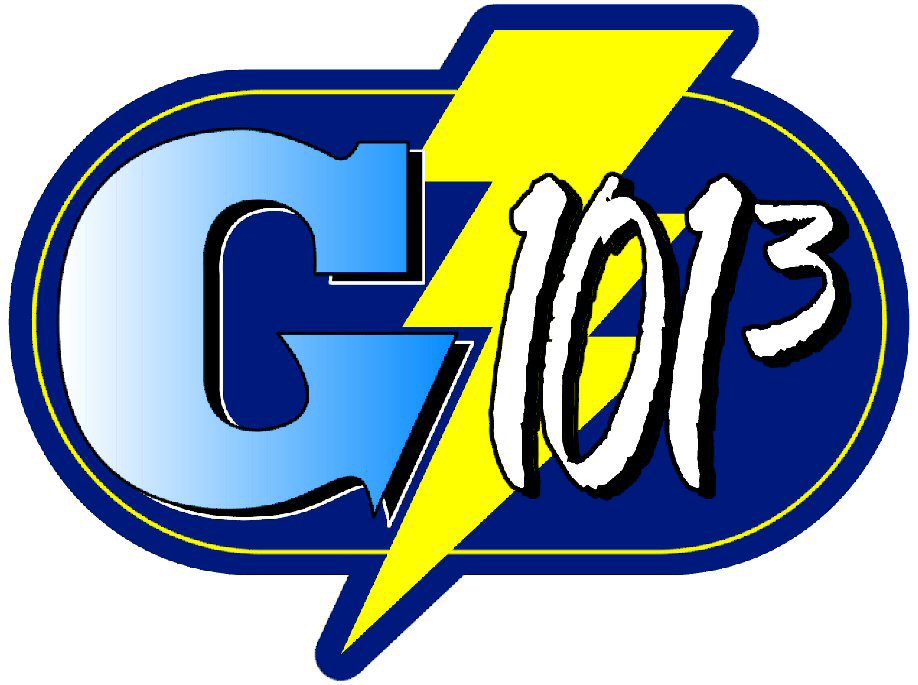Female Anatomy and Physiology
 External Parts and Functions
External Parts and Functions
- Vulva: External genital organs of the female, including the labia majora and minora, clitoris and vaginal opening
- Labia majora and labia minora: Outer and inner folds of skin and fatty tissue on either side of the vaginal opening which provide protection to the clitoris and the urethral and vaginal openings; sometimes referred to as vaginal lips
- Clitoris: A highly sensitive structure located above the urethral opening at the point where the inner labia meet; only function is for sexual stimulation
- Urethral Opening: A small opening above the vaginal opening for the passage of urine (not a part of the reproductive system)
- Vaginal Opening: Located between the urethral opening and the anus; usually covered by a thin membrane (hymen) prior to first experience of intercourse; outlet for menstrual flow
- Anus: The opening for the expulsion of feces from the body (not a part of the reproductive system)
Internal Parts and Functions
- Pelvis: The basin-shaped bone structure that provides support and protection to the internal reproductive organs
- Bladder: A sac-like structure in the pelvic region; responsible for storing urine (not a part of the reproductive system)
- Urethra: A tube through which urine passes from the bladder to outside the body (not a part of the reproductive system)
- Vagina: Passageway for the menstrual flow from the uterus to outside the body; the primary place where intercourse occurs; canal through which a baby passes from the uterus to outside the body during delivery; capable of expanding during intercourse and childbirth; becomes lubricated during sexual arousal; girls often experience vaginal lubrication and, at times, orgasm during sleep
- Cervix: The opening into the uterus; protrudes into the uppermost part of the vagina; produces mucus that assists sperm in reaching the egg at the time of ovulation; especially susceptible to STD infection while not yet mature during the teen years
- Uterus: A pear-shaped muscular organ located in the pelvic region; beginning at puberty, the lining is shed periodically (usually monthly) during menstruation; the fetus develops in the uterus during pregnancy
- Fallopian tubes: Passageways for the egg from the ovary to the uterus; primary place where fertilization (conception) occurs
- Ovaries: Almond-shaped structures in the female pelvic region; contain 300,000 to 500,000 egg cells at birth; produce the two female sex hormones, estrogen and progesterone; begin releasing eggs, one each month, at puberty.
- Ovum or egg: Female sex cell; about the size of a pinhead; if not fertilized, dissolves and is absorbed into the bloodstream; usually one egg is released monthly; if more than one is released, twin or multiple births may result
Menstruation (Period)
Function: Monthly shedding of the uterine lining formed in preparation for a fertilized egg
Age of onset and termination: Onset varies from age 9-17; termination occurs at menopause, about 45-55 years of age
Length of cycle: Varies, average being 28 days; length of cycle may be irregular in young girls
Duration of flow: Varies, average being 2-7 days; amount of flow also varies; some females experience cramps caused by uterine contractions
Reproductive Process
Ovulation: Approximately every 28 days, an ovary releases a mature egg, which then becomes available for fertilization; occurs about 14 days before the next menstrual period begins, but the menstrual cycle is often irregular in young women; a girl’s first ovulation may or may not coincide with her first period; a girl may begin to ovulate before, at the time, or sometime after she first menstruates
Fertilization: The union of an egg with a sperm cell (usually in the fallopian tube); sperm are capable of fertilizing an egg up to 3-7 days following intercourse
Click here for an interactive diagram of the female reproductive system






















